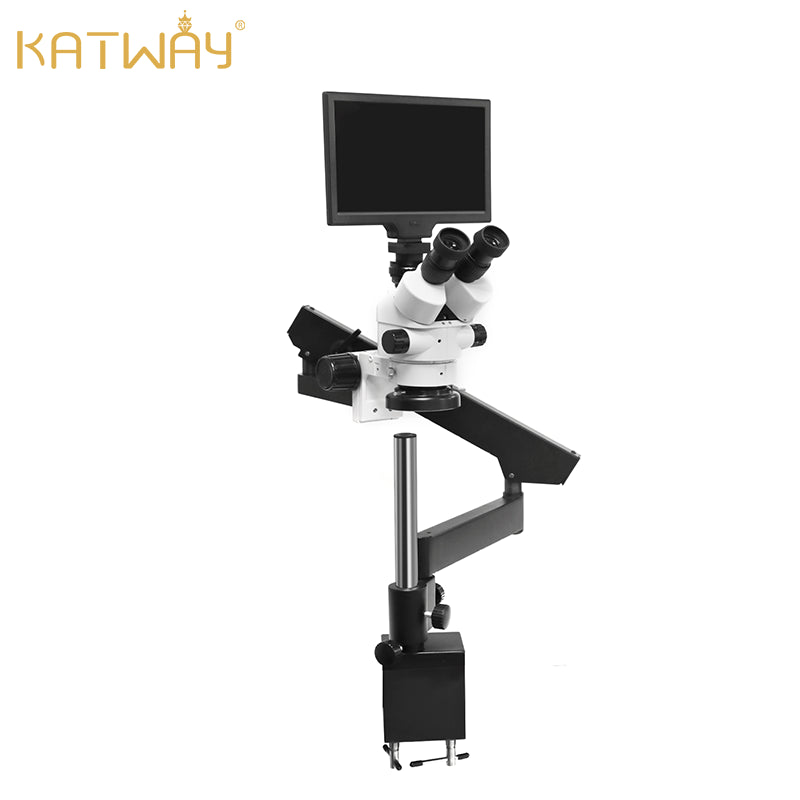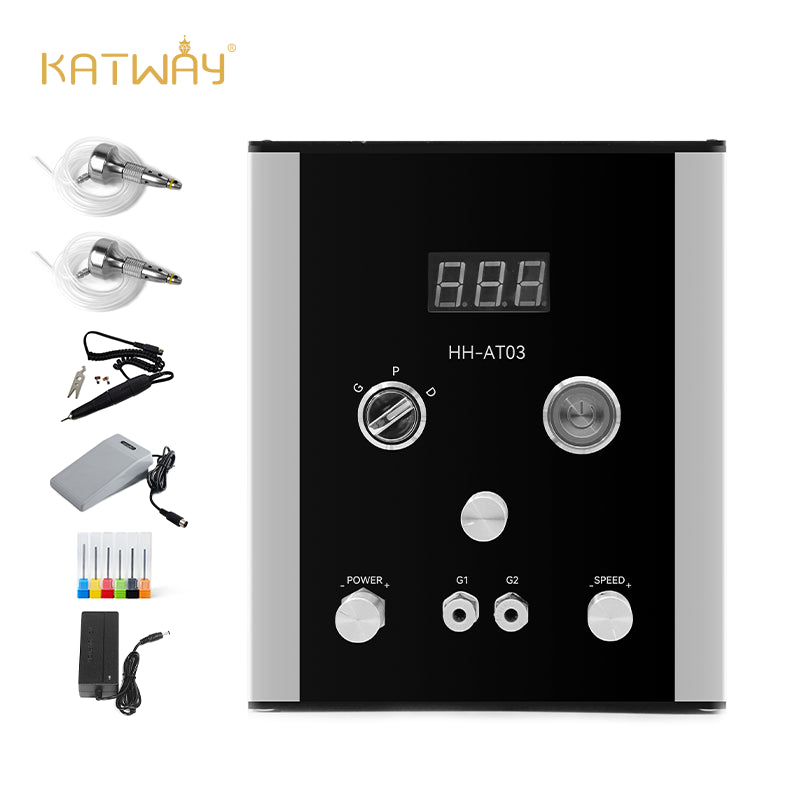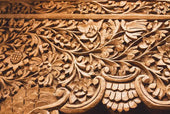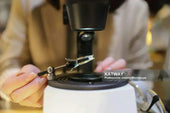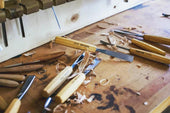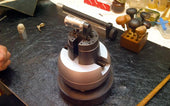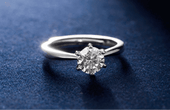How to choose the right rolling mill to make jewelry
The rolling mill has always been one of the multifunctional jewelry making tools recommended by many jewelers. Its main function is to reduce the thickness of plates and wires. Of course, in addition to these simplest functions, it can also emboss special textures on metal plates, produce exquisite gold foil, etc.
The interior of the rolling mill is mainly composed of a pair of extremely smooth steel rollers, which are fixed in parallel inside the machine. Nowadays, rolling mills include not only manual but also electric rolling mills. Electric rolling mills are more suitable for large-scale production work. The deciding factor between choosing to buy a manual rolling mill or an electric rolling mill is your financial budget. There is not much difference in essential functions between the two. The only difference is that the electric rolling mill is larger, more labor-saving, and has higher production efficiency, so the cost will be higher. Under normal circumstances, manual rolling mill can complete most of the same work.
Labor-saving transmission structure and direct drive structure
There are two types of manual rolling mills: gear type and non-gear type. The one with a gearbox transmission structure can increase the manual power and reduce the effort to obtain greater power. It not only reduces physical energy consumption, but also reduces body pressure. In contrast to this labor-saving structure, rolling mills without gearboxes are also called direct-drive manual rolling mills, which require more force to turn the handle. Common gearbox gear ratios are 4:1, 5:1, 6:1, etc. For example, for a 4:1 rolling mill, it takes 4 turns of the handle to complete one turn of the steel rod. Although the efficiency is relatively low, it only needs to apply less force to drive the handle, while the direct drive manual rolling mill requires a very large force to turn the handle, which requires much higher physical strength.

4 types of rollers
There are mainly four different types of rolling mills used for jewelry engraving: flat rollers, line rollers, round rollers and combination rollers.
The first is the flat roller, which is mainly used to reduce the thickness of the sheet. It can also use some complex "roller hard brushing" technology to print some complex patterns on the metal sheet.
Both wire rollers and round rollers are mainly used for wire processing. They can reduce the wire cross-section, obtain square and circular cross-sections, and quickly reduce and thin the wire with high efficiency.
The last combination roller highlights the versatility and can be used for both wire and sheet processing. However, this kind of versatility requires sacrificing some space, and the processing space for wires and plates will be relatively smaller.
Side auxiliary roller
Some space is usually reserved on the side of some rolling mill machines to install side auxiliary rollers to expand the functionality of the rolling mill. Corresponding auxiliary rollers can be added according to the needs of the operator, such as semicircular, flat rollers, and line rollers. This design can increase the versatility of the overall rolling mill without sacrificing space by using combined rollers.
Maximum opening width between two rollers
When we choose to buy a suitable rolling mill, we need to pay attention to a very critical factor, which is the opening width between the two rollers. This is related to how much material you can process into the desired wire or plate. If the material is too large If it is too big to fit into the machine, it cannot be used. At the same time, rolling mills with transmission structures will perform better and can work for a long time with very little effort.

Options for purchasing rolling mill
When you consider officially purchasing a rolling mill, not only should you not buy it based on current actual needs, but you also need to fully consider its future use value. As long as you maintain regular maintenance for a long time, it can be used for a very long time. To exaggerate, it may last a lifetime. It won't break. And what kind of rolling mill is a good rolling mill? An excellent rolling mill must be made of first-class hardened steel, which can greatly reduce material scratches on the surface and ensure good performance for a long time.
The Katway brand has always been famous for its excellent rolling mill in the jewelry industry and is widely loved by users. Katway's rolling mill has always been at the leading level in the industry. Each machine has been carefully debugged and designed. The materials used in each machine are the most suitable materials that have been explored through years of research and development. Not only performance but also durability are considered. I believe Katway's rolling mill will be a very suitable choice for your jewelry business
View more related articles
Goldsmithing | Modern Metal Engraving/Engraving Arts
Different gemstone faceting techniques and reasons
How to Make Money with an Engraving Machine?
Comparison between hand engraving and machine engraving
Katway Istanbul Jewelry show Guide




